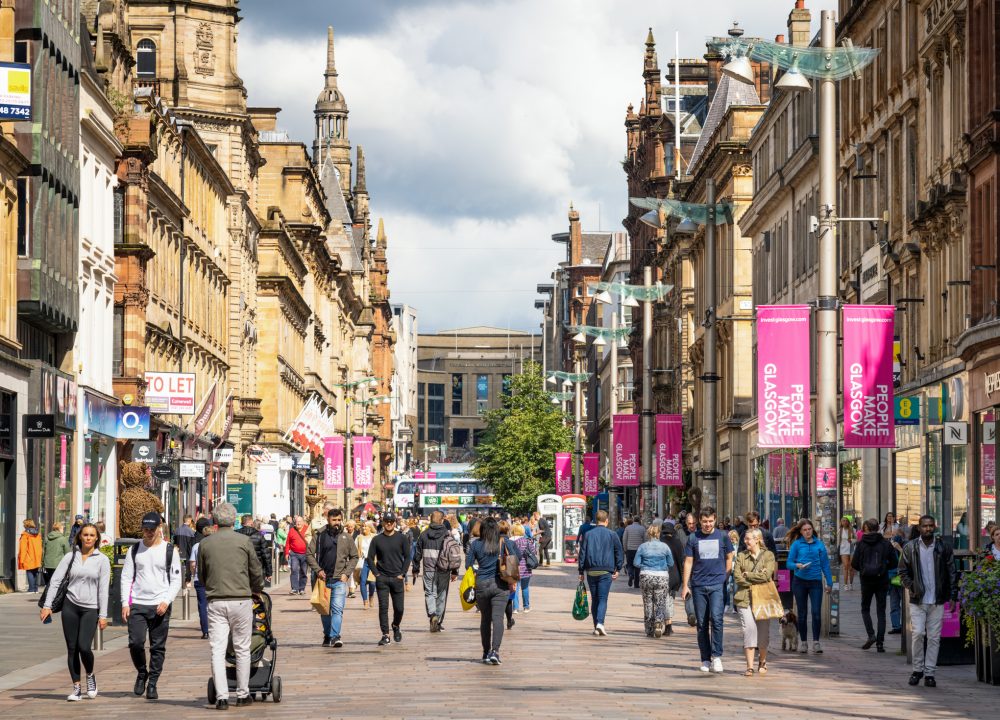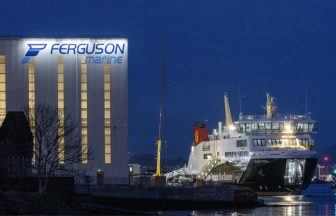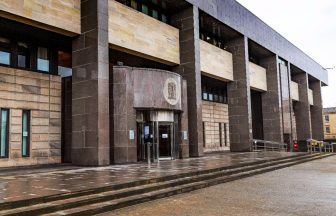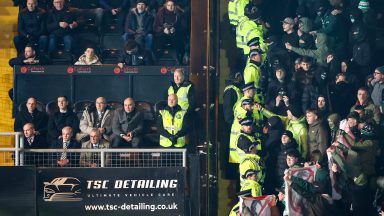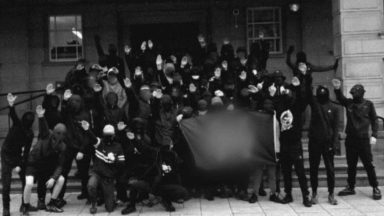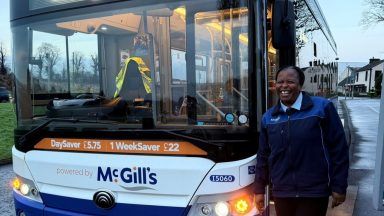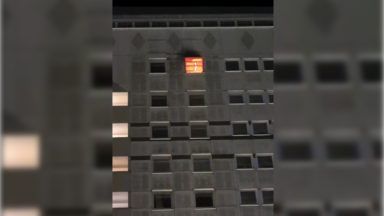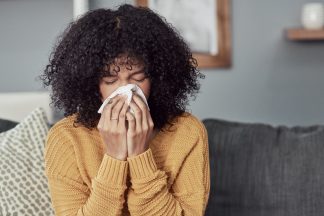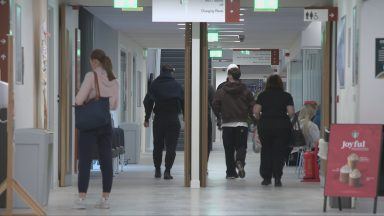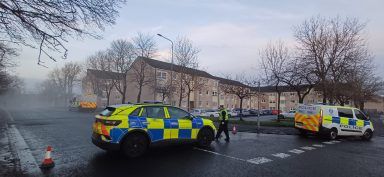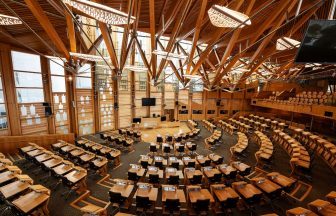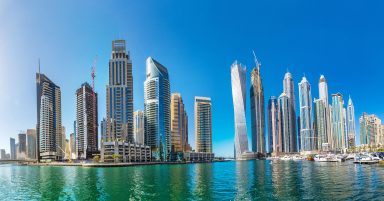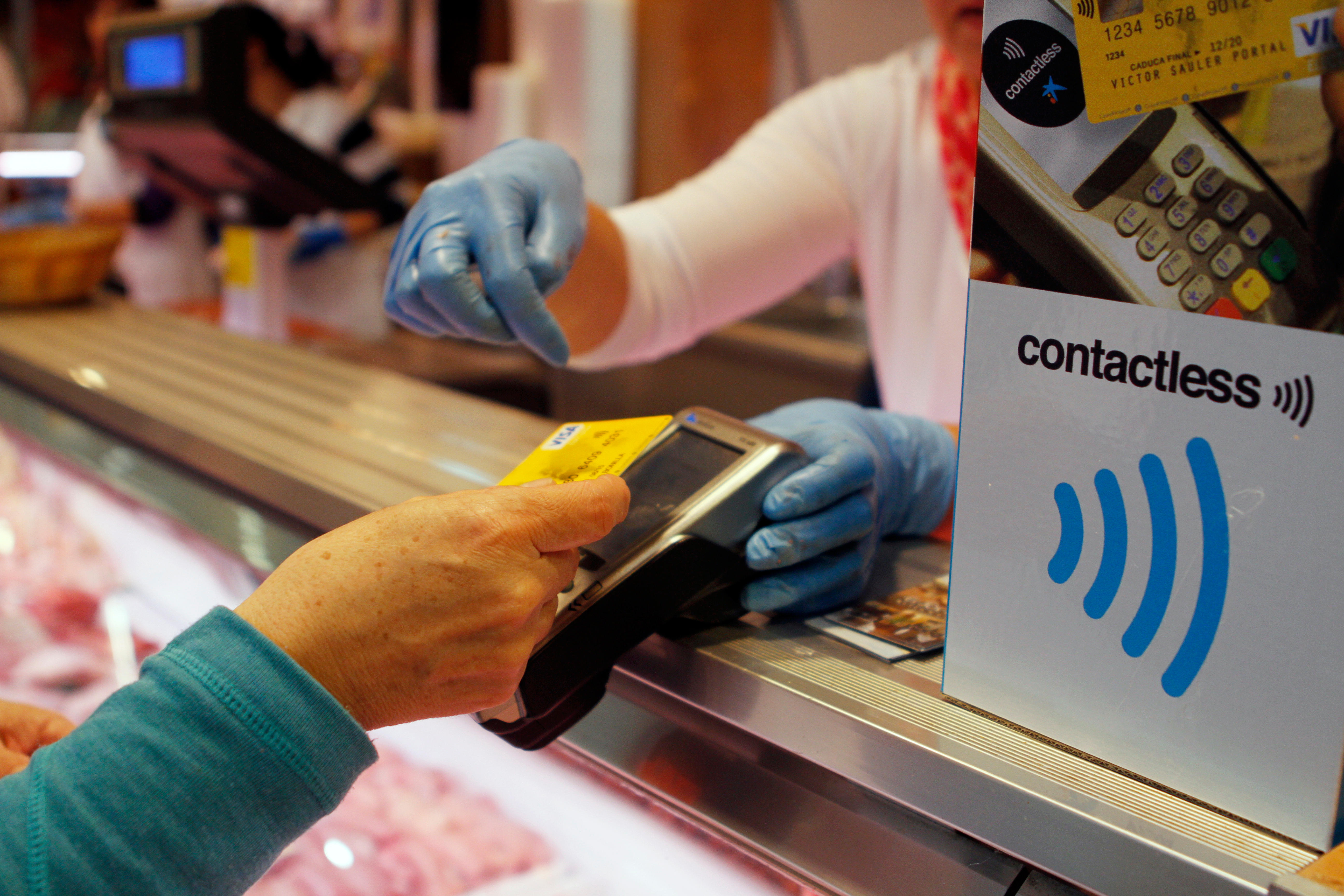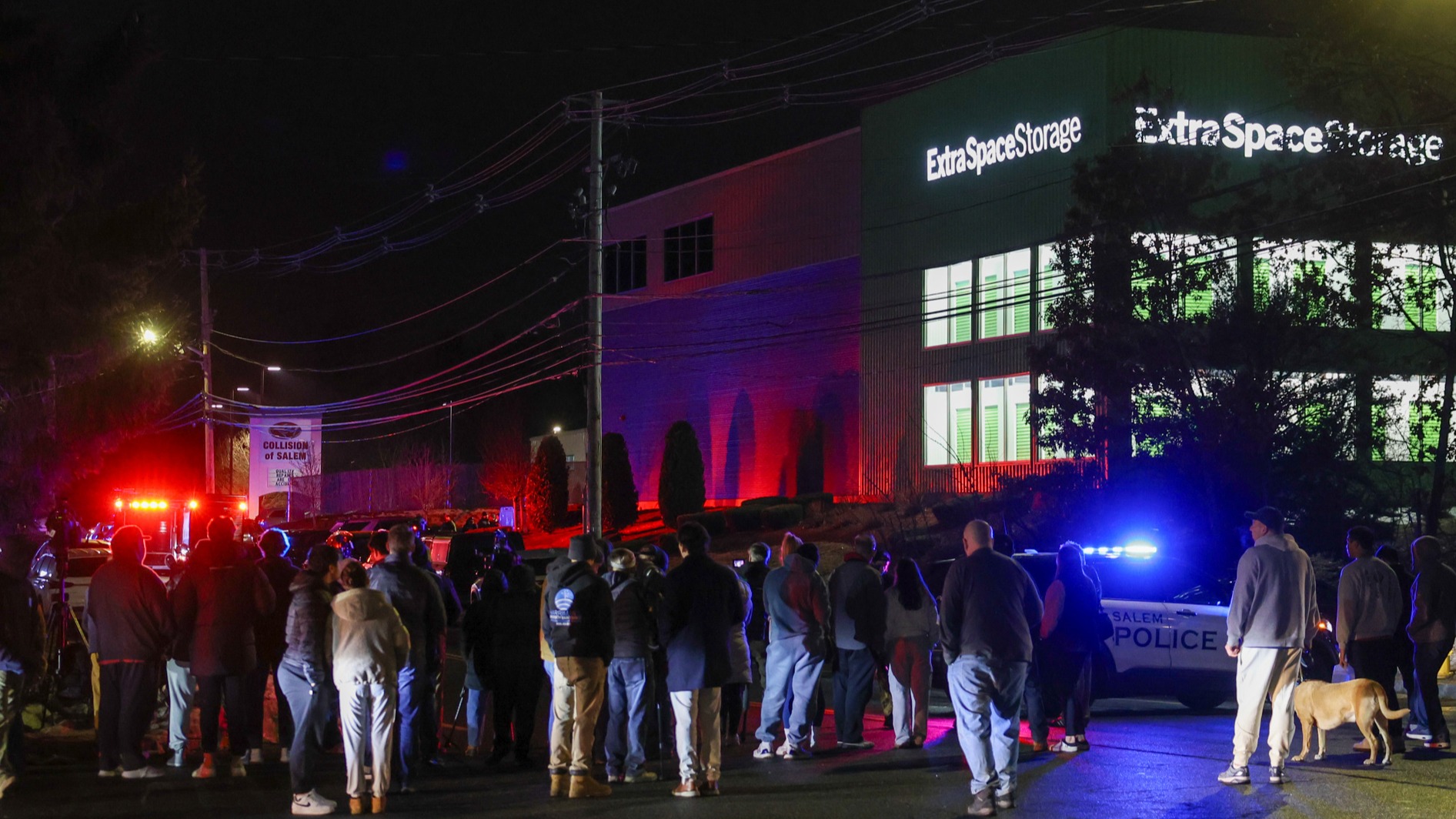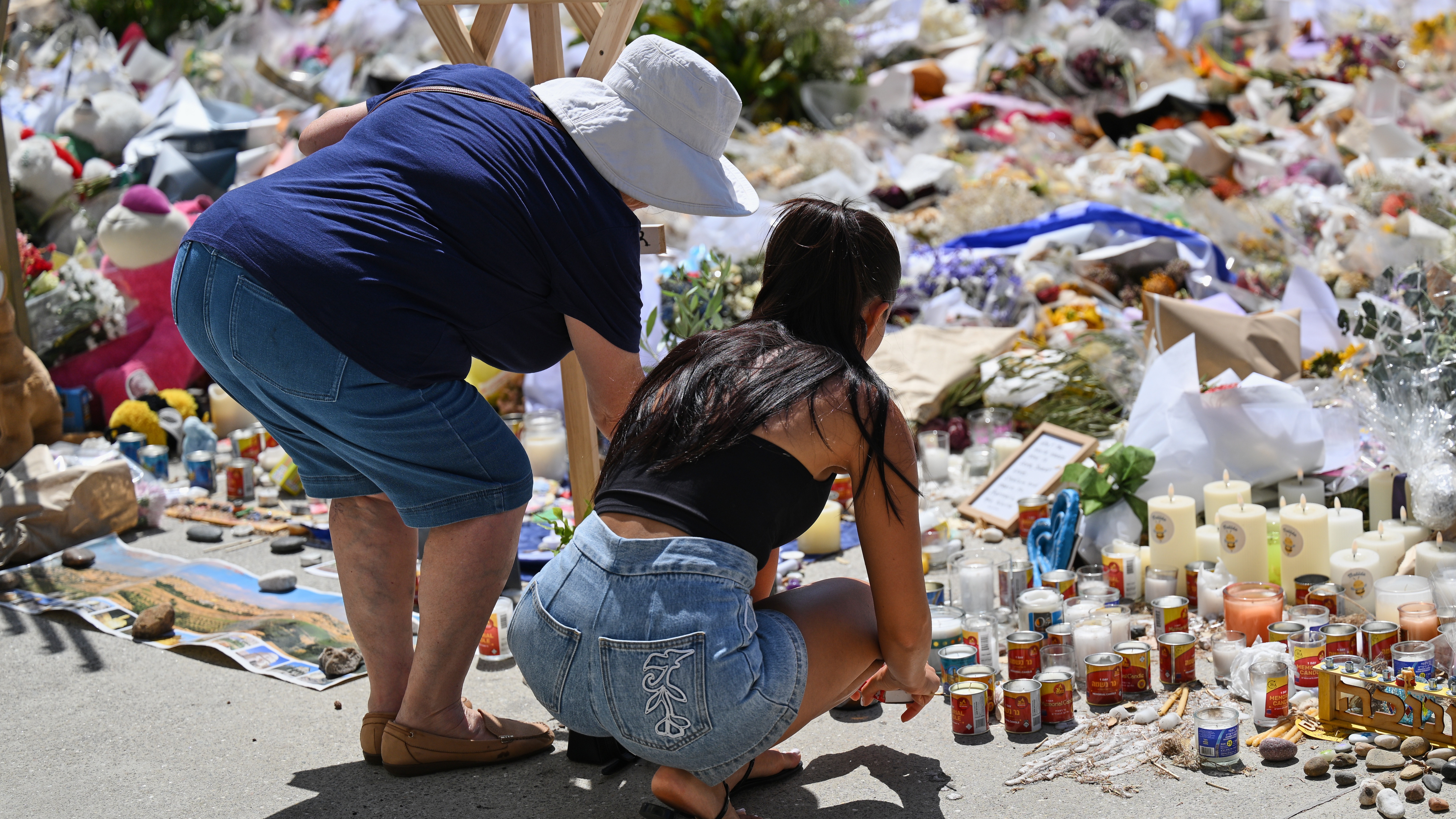Scotland’s high streets are facing a “nervous” wait to see if shoppers return as the Christmas season approaches.
New figures showed fewer people visiting city centres. Glasgow and Edinburgh saw drops of more than 2% in September, deterred by Storm Amy, while visits to shopping centres and retail parks also declined by 1.2%, down from a 0.8% rise in August.
Retail park footfall also fell 1.3% last month – which was the same drop seen in August.
Ewan MacDonald-Russell, deputy head of the Scottish Retail Consortium, said shoppers are becoming increasingly deliberate with their spending amid the cost-of-living squeeze.
“Our research shows customers are being really specific and prioritising exactly what they want: they’ll research and spend on the right thing – though perhaps not shopping all the time.
“Everything else is bargains and discounts. We see a real disparity between customers going for the most budget items and some of the very best items, but they’re really specific. Everybody is really tight for money at the moment.”
That picture of cautious consumers is borne out in the figures. The Scottish Retail Consortium’s latest monitor showed sales ticking up by 1.3% in line with shop price inflation in September – boosted by new phone launches and household goods – but the rise came even as footfall continued to fall.
Non-food sales are only growing by around 1.7% on average over the last quarter in Scotland, indicating that spending continues to be very targeted.
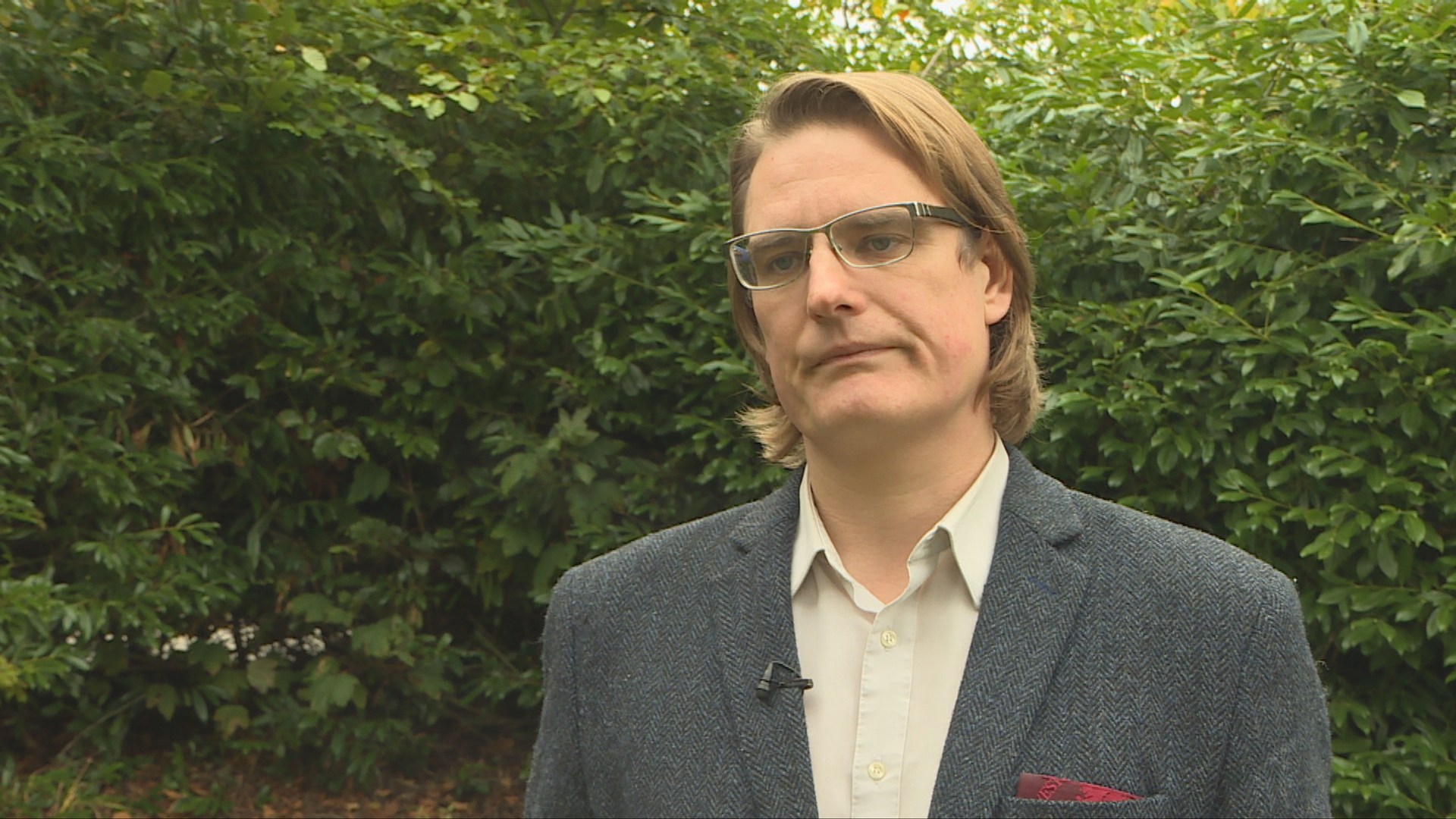 STV News
STV News“It’s a bit disappointing – but we’re not too worried. Recent years have seen a pattern of shoppers pulling back in early autumn before seeking out Christmas deals. But if things don’t pick up in October, there will be more than a few nervous businesses.
“It’s make or break – particularly after a very difficult 2025.”
Despite the national slowdown, Glasgow City Council’s August data suggested that those who are shopping are spending more.
Sales in Glasgow city centre were up 9.4% in August 2025 compared with the same month last year – outperforming other major UK cities including Edinburgh (up 0.2%), Manchester (up 0.4%), Leeds (down 0.9%) and the UK overall (down 4.8%).
The council said the fashion and food & drink sectors were central to this growth, rising 10.5% and 18.2% respectively, compared to UK-wide declines of 4.6% and 2.2%.
City officials credited a series of major new store openings, including Uniqlo, Miniso, and & Other Stories, for helping to boost spending. Anthropologie and Restock3d are also set to open before the end of the year.
Councillor Angus Millar, Convener for City Centre Recovery at Glasgow City Council, said: “These latest figures for Glasgow city centre are tremendously encouraging and show the strengths of its recovery – underlined by the confidence that a whole host of retailers are showing in the city centre through the investment in their new stores.
“The success of the city centre over the past year is also shown by its performance relative to other UK cities, and is testament to the work being done by the council and its partners to make the area more attractive now and in the future to everyone who use the area, from shoppers and residents to investors and developers.”
What shoppers are saying
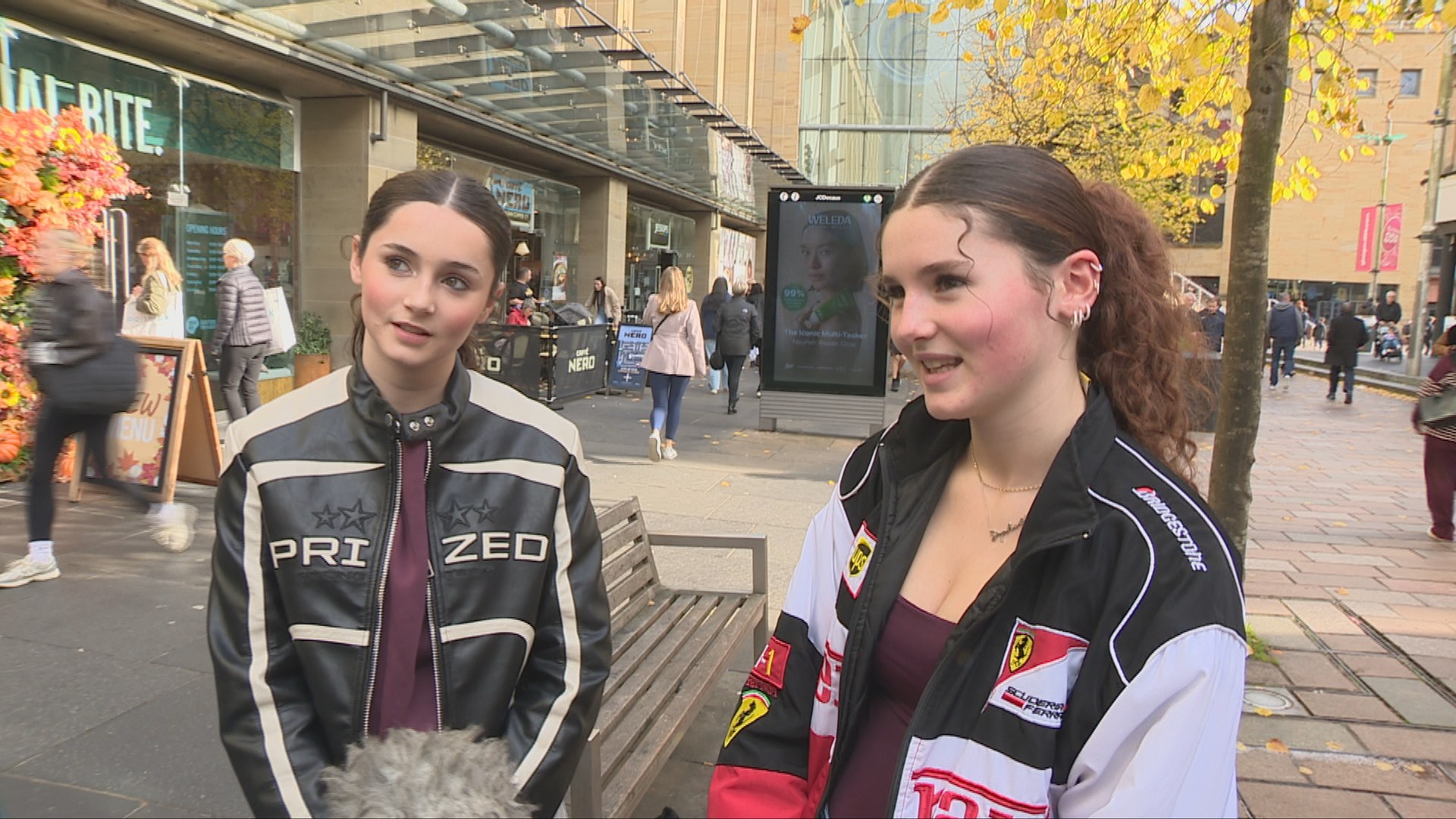 STV News
STV NewsOn the city’s so-called Golden Z, shoppers reflected a mix of habits and preferences.
“I like to feel the material and try it on – to see what I’m getting. I don’t just want to look at a picture,” said one.
Another added: “I still go out to shop – I don’t do anything online.”
Two friends visiting from Airdrie said they were combining a theatre trip with shopping.
“I’d probably buy bigger-ticket items online and the smaller items in shops.”
A visitor from London described blending online research with in-store visits.
“I love shopping and fashion. I pull together info online about trends, then go to the shops to feel the clothes and see how they flow.”
For many younger shoppers, convenience plays a big part.
“Clothes always look different on models versus on the hanger,” said one Gen Z shopper. “If you don’t like them, you have to return them – and that’s a hassle. Delivery also takes a while sometimes.”
Mixed picture across Scotland
MacDonald-Russell said the outlook varies across Scotland.
“Edinburgh has consistently done very well, with a lot of attractions and huge international trade. Glasgow has probably done better with nightlife, not quite so well in the retail offer,” he said.
“There’s still an opportunity to make Glasgow a real shopping destination. Across Scotland, we’d expect Edinburgh to do well and hope Glasgow does too.”
Outside the central belt, however, it has been tougher.
“Dundee and Aberdeen have probably struggled a little, with bigger brands pulling out of high-street anchor stores,” he said. “But there’s a strong culture and some investment in both cities and some creativity, with business rates relief in Aberdeen encouraging units back in.”
He added that there are still “lots of strong high streets” across Scotland, with creativity and cultural vibrancy key to their survival.
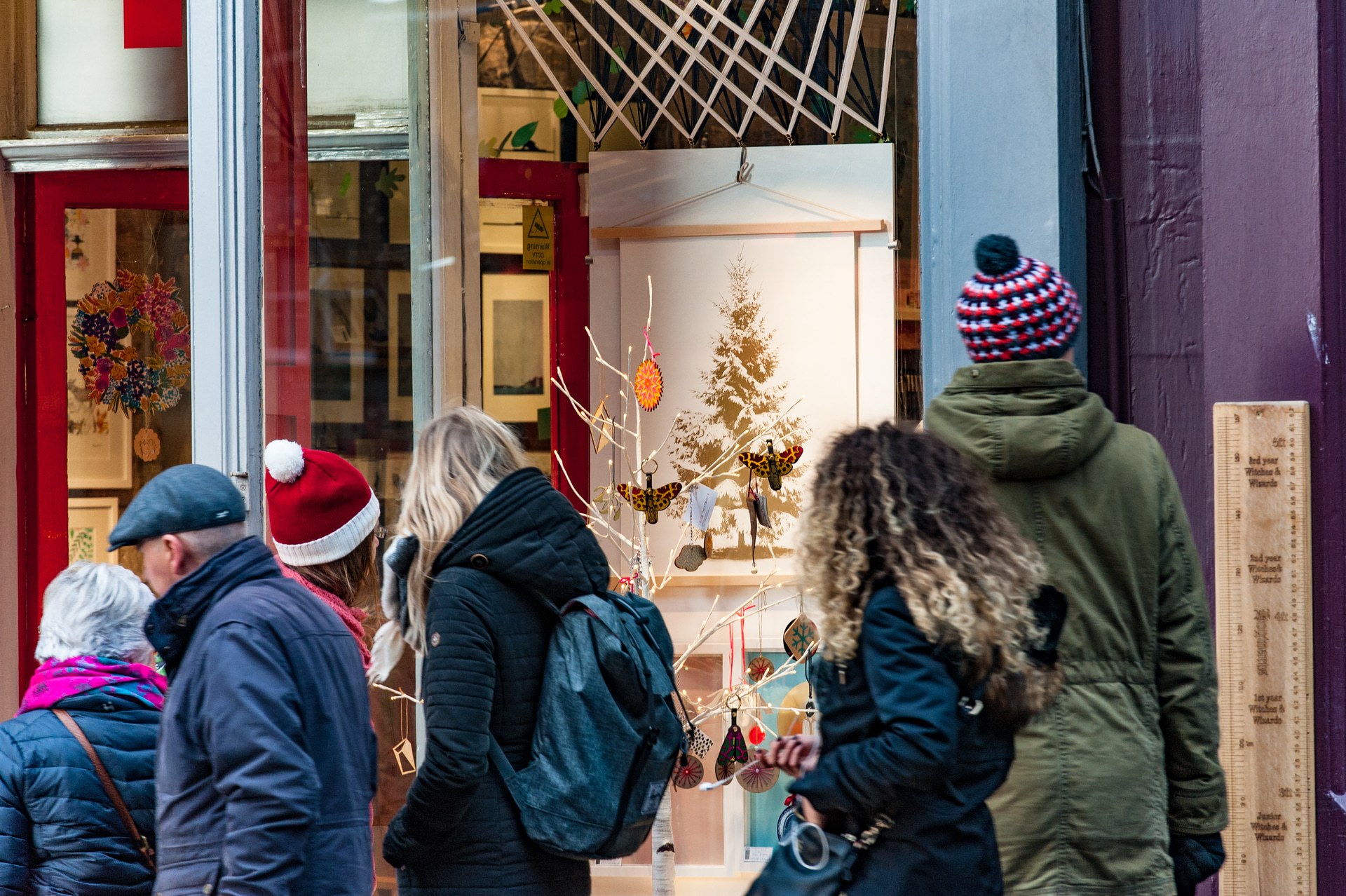 Getty Images
Getty Images“What will make them sing is the vibrancy that comes from culture and experiences you don’t get in shopping centres or retail parks. That’s where high streets find their unique selling points.”
He urged the next Scottish Government to put “high streets at the heart” of economic decision-making.
“They need to make it easier to build and refit stores, improve the planning system, and reduce business costs. Business rates are a huge burden in Scotland. We hope the next government will make it better to invest in high streets and elsewhere.”
The future of the high street
Retail analyst Dr Amna Khan, senior lecturer at Manchester Metropolitan University, said the high street’s survival depends on offering more than just shops.
“High streets need to be more multi-functional – offering leisure, entertainment, space and places where people can do things,” she said.
“They’ve evolved to serve their local communities, and what works depends on what that community is about.”
She added that with consumers more cautious about spending, the sensory experience of shopping in person is key.
Dr Khan points to street festivals and pop-up events as an example.
“High streets that thrive will be the ones that reflect and serve their communities – offering something unique, different and distinguished that keeps people coming back.”
Follow STV News on WhatsApp
Scan the QR code on your mobile device for all the latest news from around the country


